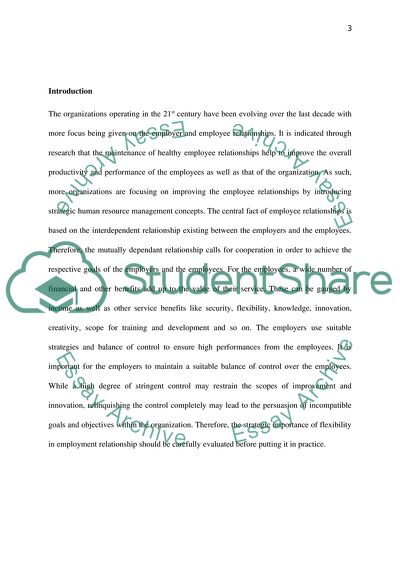Cite this document
(Critically assess the proposition that flexibility is equally Essay, n.d.)
Critically assess the proposition that flexibility is equally Essay. https://studentshare.org/human-resources/1830364-critically-assess-the-proposition-that-flexibility-is-equally-advantageous-for-employers-and-workers
Critically assess the proposition that flexibility is equally Essay. https://studentshare.org/human-resources/1830364-critically-assess-the-proposition-that-flexibility-is-equally-advantageous-for-employers-and-workers
(Critically Assess the Proposition That Flexibility Is Equally Essay)
Critically Assess the Proposition That Flexibility Is Equally Essay. https://studentshare.org/human-resources/1830364-critically-assess-the-proposition-that-flexibility-is-equally-advantageous-for-employers-and-workers.
Critically Assess the Proposition That Flexibility Is Equally Essay. https://studentshare.org/human-resources/1830364-critically-assess-the-proposition-that-flexibility-is-equally-advantageous-for-employers-and-workers.
“Critically Assess the Proposition That Flexibility Is Equally Essay”. https://studentshare.org/human-resources/1830364-critically-assess-the-proposition-that-flexibility-is-equally-advantageous-for-employers-and-workers.


